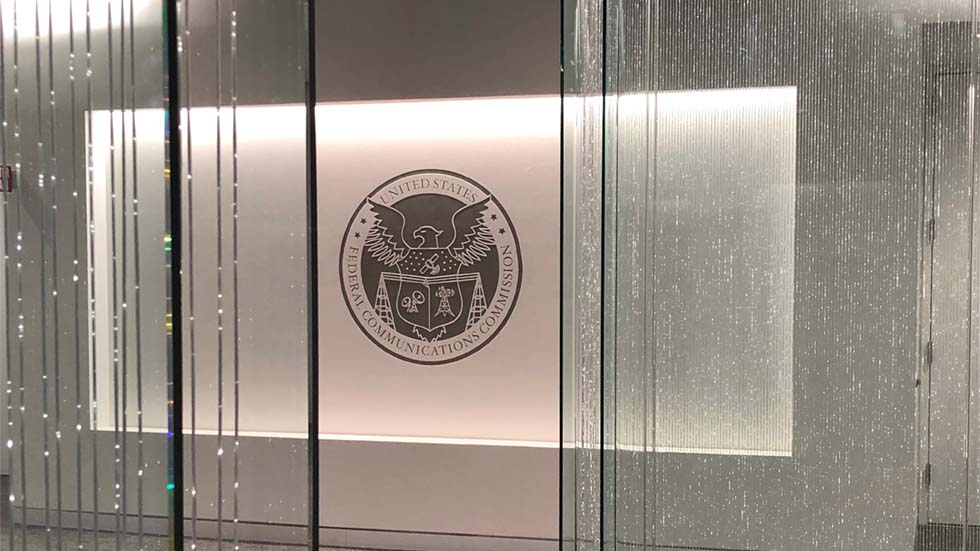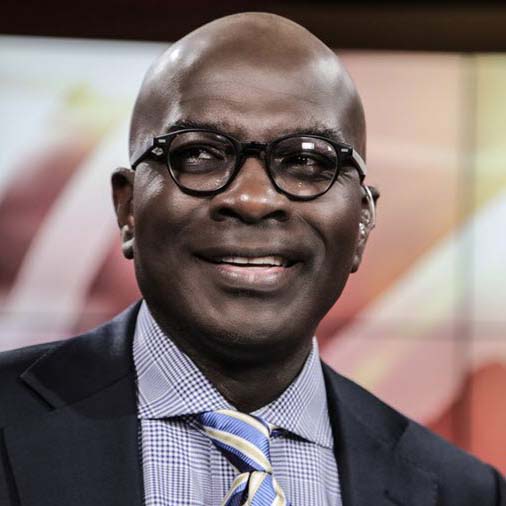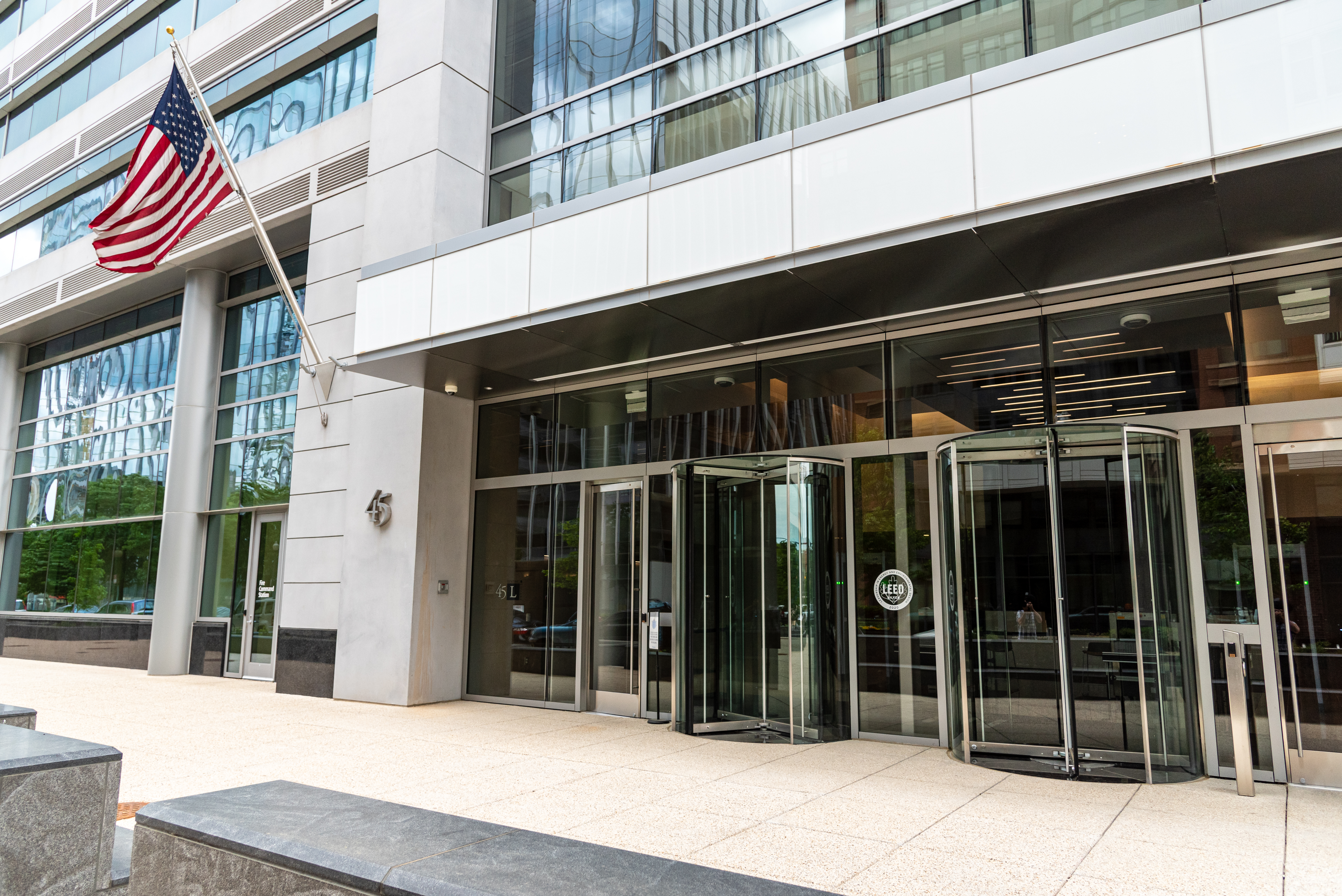Removing the FCC’s Antiquated Broadcast Ownership Controls and Empowering ATSC 3.0 Technology is the Needed Medicine to Save the Broadcast Industry
It’s beyond time for the FCC to finally deregulate the struggling television industry

In a recent Google search on the status of the broadcast TV market, the first five results tell a bleak story:
- FCC's Simington: Broadcast Industry Heading Toward 'Catastrophic Decline'(communicationsdaily.com);
- Study: Total U.S. TV Station Revenue To Decline in 2025 (tvtechnology.com);
- The Broadcast Golden Goose is Dying (jackmyers.com);
- Cable and broadcast TV viewing falls below 50% for the first time (cnn.com); and
- Broadcast TV Is Dying. Trump Is Threatening It Anyway (wired.com).
Of course, this reality has been foreseen for years, and nothing will change as long as the FCC clings to its Depression Era regulation of broadcasting.
The Evolution of Competition in Local Broadcast Television Advertising and the Implications for Antitrust and Competition Policy, a 2020 NERA Study, explained that digital advertising delivered over broadband networks constituted a direct substitute for local broadcast TV advertising. Making this imbalance worse, none of local TV’s Bid Tech competitors—Google, X, Facebook, Apple, Netflix, Amazon Prime, Hulu, Tic Tok, etc.—are subject to the FCC's ownership and regulatory restrictions.
Simply put, the FCC should eliminate its artificial broadcast ownership restrictions and allow the development and production of new content more efficiently by reducing redundancy and streamlining broadcast operations.
Removing its ownership limits would allow serious cost savings and open economies of scale so broadcasters could actually compete against Big Tech. It would also increase the means to distribute content across a broader range of platforms, maximize audience reach and consequently increase advertising and content revenue.
Finally, it will provide stability against market volatility, allowing licensees to better weather economic challenges and downturns, and open the market wider for technological investments.
The FCC should also unleash its regulatory hold on the advanced television format ATSC 3.0. The FCC has historically aided new technology that expanded public availability and service, but not so ATSC 3.0. It did it for FM radio and UHF television by insuring they were available on all new tuners manufactured.
When the analog-to-digital conversion arose, the FCC not only adopted a mandatory conversion requirement, it set-up a reimbursement program to help the television industry cover the cost. It should do likewise for ATSC 3.0.
For the young ATSC 3.0 technology, however, the FCC has not acted to enhance it, and instead continues to over-regulate and seriously limit the benefits of ATSC 3.0. Those benefits include two-way interactivity, multi-screen applications, 4K (and potentially 8K) resolution, immersive (Dolby AC-4) audio, mobile reception, integration with existing 5G cellular networks, datacasting (ATSC 3.0 uses Internet Protocol (IP) for signal delivery, so it can also broadcast IP-based data), and much more.
“What will TV look like in three years?” This was the question asked by CNBC of industry leaders in February 2023. In response, Peter Chernin, CEO of The North Road Company, said: “It will continue to be in decline. It will be crappier. Budgets will get cut. More scripted programming will migrate away to streaming. There will be more repeats. But it will continue to exist.” If you call that living.
It’s beyond time for the FCC to finally deregulate the struggling television industry, remove its broadcast ownership limits, and free ATSC 3.0 technology to allow a wider field of competition for broadcasters. Otherwise, the findings in the Tech Oversight Project from 2022, which concluded Big Tech was the killer of the newspaper industry, will be repeated, only this time it will be the television industry.
Get the TV Tech Newsletter
The professional video industry's #1 source for news, trends and product and tech information. Sign up below.
Armstrong Williams is manager and sole owner of Howard Stirk Holdings I & II Broadcast Television Stations and the 2016 Multicultural Media Broadcast Owner of the Year.

